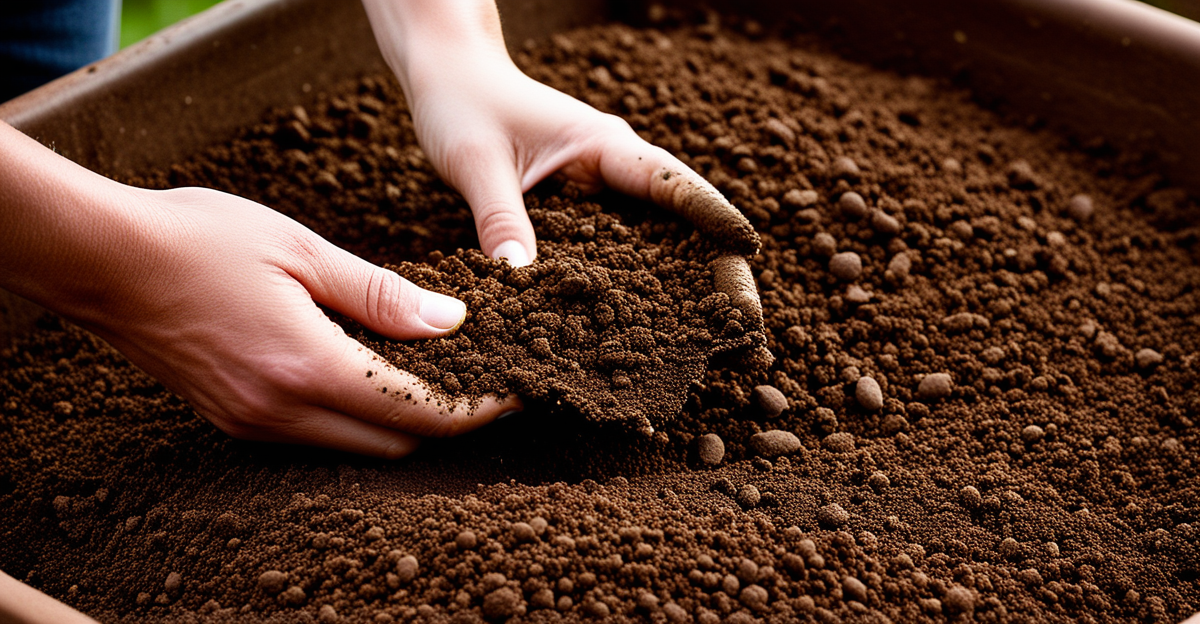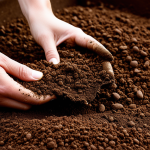Addressing the Unique Challenges of Building Conservatory Foundations on Clay Soil in the UK
Building on clay soil conservatory foundations in the UK poses significant challenges due to the soil’s unique characteristics. Clay soils expand when wet and contract during dry periods, leading to foundation movement. This cyclical swelling and shrinking can cause cracks, uneven floors, and structural instability in conservatories.
Common problems include differential settlement, where parts of the foundation sink or lift unevenly, increasing repair costs and compromising safety. Recognizing these issues before construction is crucial.
In the same genre : Revamp your uk home office: the ultimate guide to blending work efficiency with gaming delight
A thorough site assessment is essential. Soil tests help determine moisture levels, shrink-swell capacity, and load-bearing potential. These tests inform foundation design, ensuring stability despite the unpredictable nature of UK clay soils.
Ignoring the specific conditions of clay soil conservatory foundations can result in costly remedial work. Understanding UK soil issues enables builders to plan effectively. For example, foundations may require deeper footings or special reinforcement to counteract soil movements.
Have you seen this : Revamping a british cottage: crafting an inviting open-concept living area with timeless sophistication
In sum, tailored approaches based on detailed site analysis are necessary to combat the challenges clay soils present. Addressing these challenges proactively protects the longevity and safety of your conservatory.
UK Building Regulations and Standards for Conservatory Foundations
Understanding UK building regulations is crucial when constructing conservatory foundations on clay soil. These regulations set the minimum requirements for structural safety, durability, and performance to address UK soil issues, especially the risk of foundation movement caused by clay’s shrink-swell behaviour.
Local authorities typically require detailed plans demonstrating compliance with conservatory foundation standards before granting building approval. These standards mandate proper foundation depth, reinforcement, and use of suitable materials tailored to the soil’s characteristics. For clay soils, foundations often need to be deeper or incorporate specific design features to mitigate movement.
Compliance is not a one-time necessity but an ongoing commitment. Builders and homeowners must ensure construction adheres strictly to guidelines to prevent future structural problems that arise from the unstable nature of clay soils. Failing to meet these standards can result in legal penalties and costly repairs.
In summary, awareness of UK building regulations and proactive engagement with local authorities helps ensure that conservatory foundations are both safe and resilient. This approach directly addresses the challenges posed by clay soil conservatory foundations in the UK.
Addressing the Unique Challenges of Building Conservatory Foundations on Clay Soil in the UK
Clay soil’s distinctive properties make it one of the most challenging substrates for conservatory foundations in the UK. Its high clay content swells considerably when wet and shrinks during dry spells, causing continuous foundation movement. This repetitive volume change can lead to cracking, unevenness, and long-term structural instability.
Commonly, buildings on clay soils suffer from differential settlement—where parts of the foundation move independently—resulting in warped floors and potentially dangerous conditions. Such problems highlight why thoroughly understanding UK soil issues is essential before beginning construction.
A comprehensive site assessment is crucial. Soil testing evaluates moisture content, load-bearing capacity, and shrink-swell potential to guide decision-making for foundation design. Without this data, builders risk selecting inappropriate methods, leading to costly repairs.
For example, knowing the extent of soil movement allows engineers to recommend foundation types or reinforcements that accommodate the shifting ground rather than resist it blindly. Properly addressing these risks upfront adds resilience against the unpredictable nature of clay soil conservatory foundations in the UK.
Addressing the Unique Challenges of Building Conservatory Foundations on Clay Soil in the UK
Clay soil’s high plasticity leads to significant foundation movement, making clay soil conservatory foundations particularly vulnerable to structural problems in the UK. When wet, clay swells, increasing volume and exerting upward pressure; in dry spells, it shrinks, causing the ground to contract. This cyclical expansion and contraction can result in cracks, uneven floors, and differential settlement within conservatory bases.
Common issues include partial sinking or lifting of foundations, which stresses building materials and compromises stability. These problems underscore the need to understand UK soil issues before construction begins. Proper planning starts with a thorough site assessment that evaluates moisture levels, shrink-swell potential, and load-bearing capacity.
Soil testing informs foundation design by revealing how much movement the clay soil might undergo. This data enables engineers to specify appropriate foundation depths and reinforcements that accommodate the unstable soil, reducing risks of future damage. Ignoring these factors often leads to costly repairs and unsafe conditions.
In short, addressing clay soil conservatory foundations requires expert analysis and tailored solutions to counterbalance the challenging nature of foundation movement caused by UK clay soils.
Addressing the Unique Challenges of Building Conservatory Foundations on Clay Soil in the UK
Clay soil in the UK is notorious for its high plasticity and distinct shrink-swell behaviour, which severely impacts clay soil conservatory foundations. When moisture levels fluctuate, the soil expands and contracts, causing repeated foundation movement. This movement can manifest as cracks, warping, and uneven conservatory floors, jeopardising overall stability.
Common foundation problems include differential settlement, where parts of the foundation shift unevenly due to inconsistent soil moisture or density. Such movement places stress on conservatory structures, leading to damage over time. Recognising these issues upfront is vital.
A comprehensive site assessment is the cornerstone of effective foundational design on clay. Soil testing evaluates moisture content, shrink-swell potential, and load-bearing capacity. This data guides engineers in selecting foundation types and depths that accommodate or mitigate UK soil issues. Without such assessment, builders risk inadequate design choices that cannot cope with soil variability.
Ultimately, addressing the unique challenges of clay soil conservatory foundations requires understanding soil behaviour through detailed site evaluations. These assessments inform customised foundation solutions that reduce foundation movement risks and safeguard conservatory longevity on UK clay soils.
Addressing the Unique Challenges of Building Conservatory Foundations on Clay Soil in the UK
Clay soil’s distinctive nature significantly influences the stability of clay soil conservatory foundations. This soil type contains fine particles that absorb water, causing it to swell in wet conditions and shrink during dry spells. Such variations lead to persistent foundation movement, a primary concern in UK soil issues. Builders face challenges including cracking, warping, and uneven settling, which compromise conservatory safety and longevity.
Common problems associated with clay soils include differential settlement, where uneven soil moisture causes parts of the foundation to shift independently. This results in stresses that can damage structural elements or cause floors to become unlevel. Additionally, expansive pressures from swelling can lift foundations, while contraction may create gaps or cracks.
A thorough site assessment before construction is vital. Soil testing identifies moisture content, shrink-swell characteristics, and load-bearing capacity, providing data required to tailor foundation design. Without this assessment, builders risk inadequate solutions that cannot accommodate soil movement. Understanding these clay soil behaviours and their effects on conservatory bases ensures that foundations are designed to tolerate or manage swelling and shrinkage, ultimately securing structural integrity despite the challenges posed by UK soil issues.
Addressing the Unique Challenges of Building Conservatory Foundations on Clay Soil in the UK
Clay soil’s high plasticity causes significant foundation movement, seriously impacting clay soil conservatory foundations in the UK. This soil type expands when moist and shrinks when dry, which leads to alternating ground pressures beneath foundations. These movements can result in cracking, uneven floors, and differential settlement, where different parts of the foundation shift inconsistently. Such instability threatens the conservatory’s overall safety.
Common problems linked to UK soil issues include the unpredictable swelling and shrinking of clay, which stresses foundations. These stresses often cause structural damage that is costly to repair if left unaddressed. Recognising these issues highlights why a meticulous site assessment is crucial before construction.
A site assessment evaluates soil moisture content, shrink-swell potential, and load-bearing capability, furnishing engineers with data to design foundations resilient to soil fluctuations. Without this, builders risk selecting unsuitable foundation types or depths. Tailored solutions, such as incorporating reinforcement or deeper footings, address the unique challenges posed by clay soil effectively.
Ultimately, understanding and managing foundation movement through detailed assessments and design adaptation helps to safeguard conservatories built on problematic UK clay soils.





